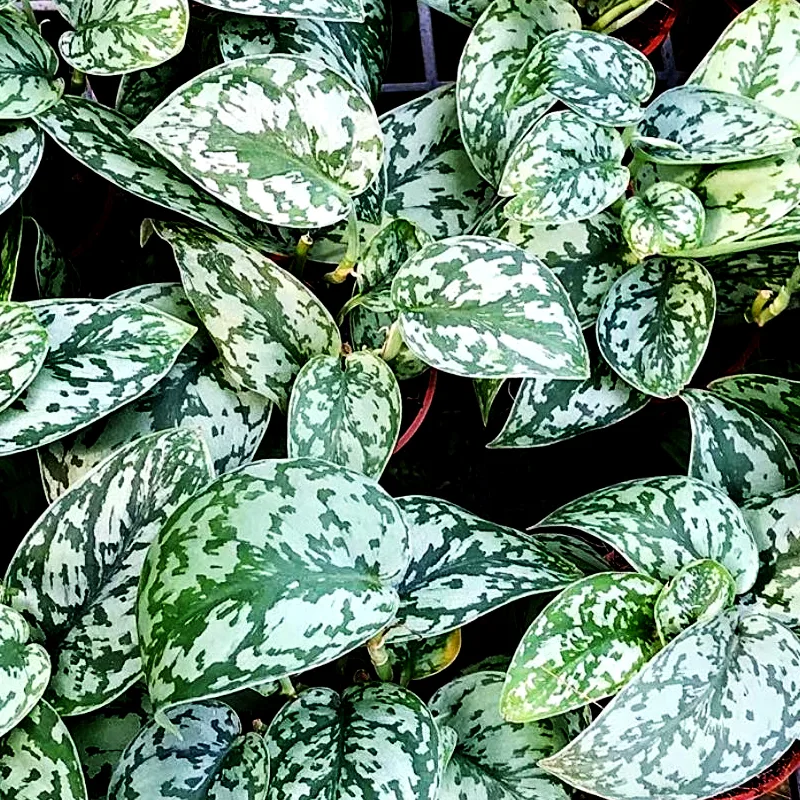
How to care for Ornithogalum dubium plant?
Here’s a helpful guide on caring for your Ornithogalum dubium, also known as the Star of Bethlehem or Sun Stars:
219 Species in Genus Ornithogalum
Light:
- Bright, Indirect Sunlight: Ornithogalum dubium thrives in bright, indirect sunlight for at least 5-6 hours daily. Avoid harsh direct sun, especially during the hottest part of the day, which can scorch the foliage and flowers.
- East or South Facing Windows: Placing your plant near an east or south-facing window can provide ideal lighting conditions.
Watering:
- Moderate Watering During Growth: Water regularly during the growing season (spring and summer) to keep the soil consistently moist but not soggy. Allow the top inch of soil to dry out slightly between waterings.
- Reduced Watering During Dormancy: In fall and winter, as the plant goes dormant and flowering ceases, reduce watering significantly. Water only when the soil feels completely dry to the touch.
Soil and Potting:
- Well-Draining Mix: Use a well-draining potting mix that allows excess water to drain freely. A mixture of potting soil, perlite, and sand can work well.
- Drainage Holes: Ensure the pot has drainage holes to prevent waterlogging, which can lead to root rot.
Temperature:
- Moderate Temperatures: Ornithogalum dubium prefers moderate temperatures between 60-75 degrees Fahrenheit (15-24 degrees Celsius).
- Winter Dormancy: This plant benefits from a cool dormancy period in winter (around 50-55 degrees Fahrenheit / 10-13 degrees Celsius). You can move it to a cooler room or protect it outdoors with a light mulch covering (in frost-free zones).
Fertilizing:
- Light Feeding: Ornithogalum dubium is not a heavy feeder. A diluted, balanced liquid fertilizer applied once a month during the active growing season (spring and summer) is sufficient. Avoid overfertilizing, which can hinder flowering.
Additional Tips:
- Deadheading: Remove spent flowers to encourage continued blooming and maintain a tidy appearance.
- Dormancy Care: During the winter dormancy period, reduce watering, avoid fertilizing, and keep the plant in a cooler location with less light.
- Repotting: Repot your Ornithogalum dubium every 2-3 years or when the roots outgrow the current pot. Choose a pot that’s only slightly larger than the root ball.
- Pests and Diseases: Generally pest and disease resistant. However, keep an eye out for mealybugs and scale insects. Treat them with insecticidal soap or neem oil if necessary.
Is Ornithogalum dubium poisonous to cats?
I remember when I first learned that Ornithogalum dubium is indeed poisonous to cats. I was really concerned because I have a curious kitty at home. Since then, I’ve made sure to keep the plant out of her reach, placing it in a room she doesn’t usually go into or up high where she can’t jump. It’s a bit of a hassle, but knowing that it can be harmful if she chews on it makes it totally worth the extra effort.
Is Ornithogalum dubium poisonous to dogs?
Just like with cats, Ornithogalum dubium is also toxic to dogs. I had to be extra careful when my friend brought her dog over for a visit. I moved the plant to a safe spot where the dog couldn’t get to it. It’s a bit stressful to manage, but I always make sure pets are safe around my plants. Keeping it out of their reach is essential because even a small nibble can be dangerous for them.
How long does Ornithogalum dubium flower bulb normally?
The flowering period of my Ornithogalum dubium bulbs usually lasts a few weeks, typically around 3 to 4 weeks. I love watching the bright, star-shaped flowers bloom. They bring such vibrant color to my home during their flowering time. After they finish blooming, I continue to care for the plant so it can rest and gather strength for the next blooming season.
Is Ornithogalum dubium a perennial in Zone 5?
In Zone 5, Ornithogalum dubium isn’t a perennial. Unfortunately, the winters here are too harsh for it to survive outdoors year-round. I treat it as a tender bulb, digging it up in the fall before the first frost and storing it in a cool, dry place until spring. It takes a bit of extra work, but I enjoy seeing it bloom again each year.
Is Ornithogalum dubium poisonous?
Yes, Ornithogalum dubium is poisonous. This is something I always keep in mind, especially because I have pets and sometimes children visit my home. The entire plant contains toxic compounds, so I handle it with care, ensuring I wash my hands after touching it and keeping it out of reach of anyone who might be tempted to taste it.
When to plant Ornithogalum dubium?
I plant my Ornithogalum dubium bulbs in the spring, once the danger of frost has passed. I find that this timing gives the bulbs a chance to establish themselves well before the heat of summer kicks in. I plant them in well-draining soil and make sure they get plenty of indirect sunlight. Watching them sprout and eventually bloom is one of my favorite parts of gardening.
If i die, water my plants!



